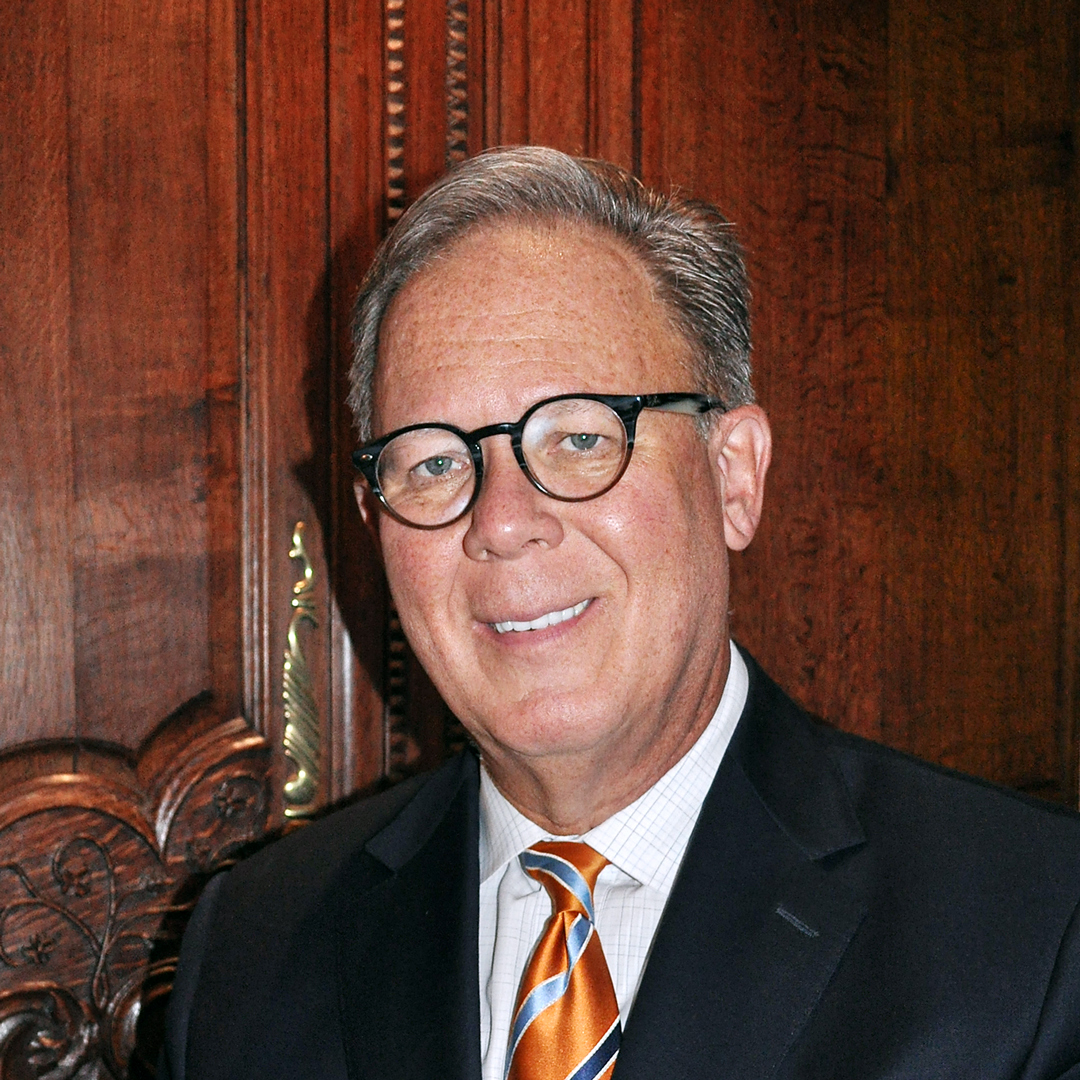|
Getting your Trinity Audio player ready...
|
Several years ago, when Brandon Smetak was looking to make a career change that would reduce his business travel, he had very specific requirements. At the time he was a Los Angeles-based assurance senior manager with the consulting firm Ernst & Young (EY), where he’d worked for nine years. He wanted to move to a Fortune 1000 public company based within fifty miles of his north Orange County home, so he compiled a list of more than thirty organizations that fit that profile.
Through his personal network, Smetak learned that the director of financial reporting for Smart & Final, a southern California grocery warehouse chain on his list, was preparing to retire. The company, which owned and operated about 320 stores, matched his criteria perfectly. Smetak pounced on the opportunity and accepted an offer to be Smart & Final’s director of financial planning and reporting in July 2017.
Within two years, his duties changed drastically after Smart & Final was purchased by private equity firm Apollo. It was a move he hadn’t foreseen, and it required a major adjustment for himself and the finance and accounting department. Apollo wanted a lot more detail on how the company was spending money and how those expenses impacted cash flow.

Smetak had spent much of his career focused on external SEC reporting, a requirement that became unnecessary after the company went private. Internal financial analysis would now take precedence. Smetak was up for the challenge—one that eventually resulted in significant growth in his expertise and abilities as a financial analyst.
His first task was a broad effort to provide Apollo with a far more granular look at company spend. “After going private, internal reporting really jumped to the forefront and delivering value-added analysis to our internal stakeholders became my primary focus,” says Smetak, who is now the vice president of financial reporting and accounting.
During Smetak’s tenure, the company implemented a new ERP system, so the required financial data was available, but not easy to understand. It was up to Smetak and his team to develop enhanced reporting tools and strategies to extract meaningful information from the sea of numbers.
Apollo had exacting criteria for that goal. “They wanted to know where every dollar went during every period, and to turn that data into a cash forecast,” Smetak says. Armed with this information, Smart & Final could take actions that would improve cash flow, such as finding ways to control capital spend and discontinuing nonessential services.
It took extra effort and long hours to reach proficiency. “Early on, it was tough,” Smetak recalls. “It took a couple of reporting period closes to get up to speed.” Eventually the work paid off, and the analysis yielded strategies to improve cash flow. “It’s second nature to us now,” he says.
With better cash flow reporting, Smart & Final was able to make more informed decisions on store growth plans and whether to pursue new construction projects or remodels. Such decisions can now be optimally timed so that the company saves money on capital costs. Apollo managers imparted this more sophisticated approach to financial planning, Smetak says, and that has been a valuable asset for the company. It has also boosted his own financial acumen.
When Apollo decided to put Smart Foodservice Stores, a seventy-location subsidiary catering primarily to business customers, up for sale, Smetak led a carve-out audit to present the financial results of the subsidiary on a stand-alone basis for the three prior years. This work informed potential buyers of the subsidiary’s strong financial standing so that it could be accurately valuated.
“I’m one of two or three experts here. My expertise is therefore valued more. Management is very appreciative of the work I do.”
“This set of carve-out financial statements was integral in getting the transaction completed,” he says. The resulting $1 billion sale of Smart Foodservice Stores was a boon for Apollo, especially since the firm had reportedly paid $1.1 billion for the entire company. Smart & Final continued on with about 260 locations, minus the subsidiary.
Smetak and the company faced another unprecedented challenge in early 2020. The COVID-19 pandemic roiled corporate America, and Smart & Final, as an essential business, could not shut down—even temporarily. Company executives had to quickly devise ways to keep its twelve thousand employees and customers safe while continuing to operate. “We had to drop everything and meet in the boardroom to roll out a response,” Smetak says.
The early days of the pandemic saw consumers rushing to stock up on essentials. “We sold through all of our inventory in stores and warehouses in two weeks,” Smetak says. This posed a financial management challenge. With demand sky-high, suppliers had the upper hand in negotiating deals, and were likely to serve their largest customers first. Smart & Final couldn’t compete with giants like Walmart and Costco. “We couldn’t order more without first paying our vendors,” Smetak says. Accounts payable had to step up the pace to make those payments.
Smetak has met the challenges of moving from an outsider consultant role at EY to an in-house financial executive. “At EY, nearly everyone was an expert at financial accounting,” he says. At Smart & Final, by contrast, his skills are unique and keenly needed. “I’m one of two or three experts here,” he says. “My expertise is therefore valued more. Management is very appreciative of the work I do.”

